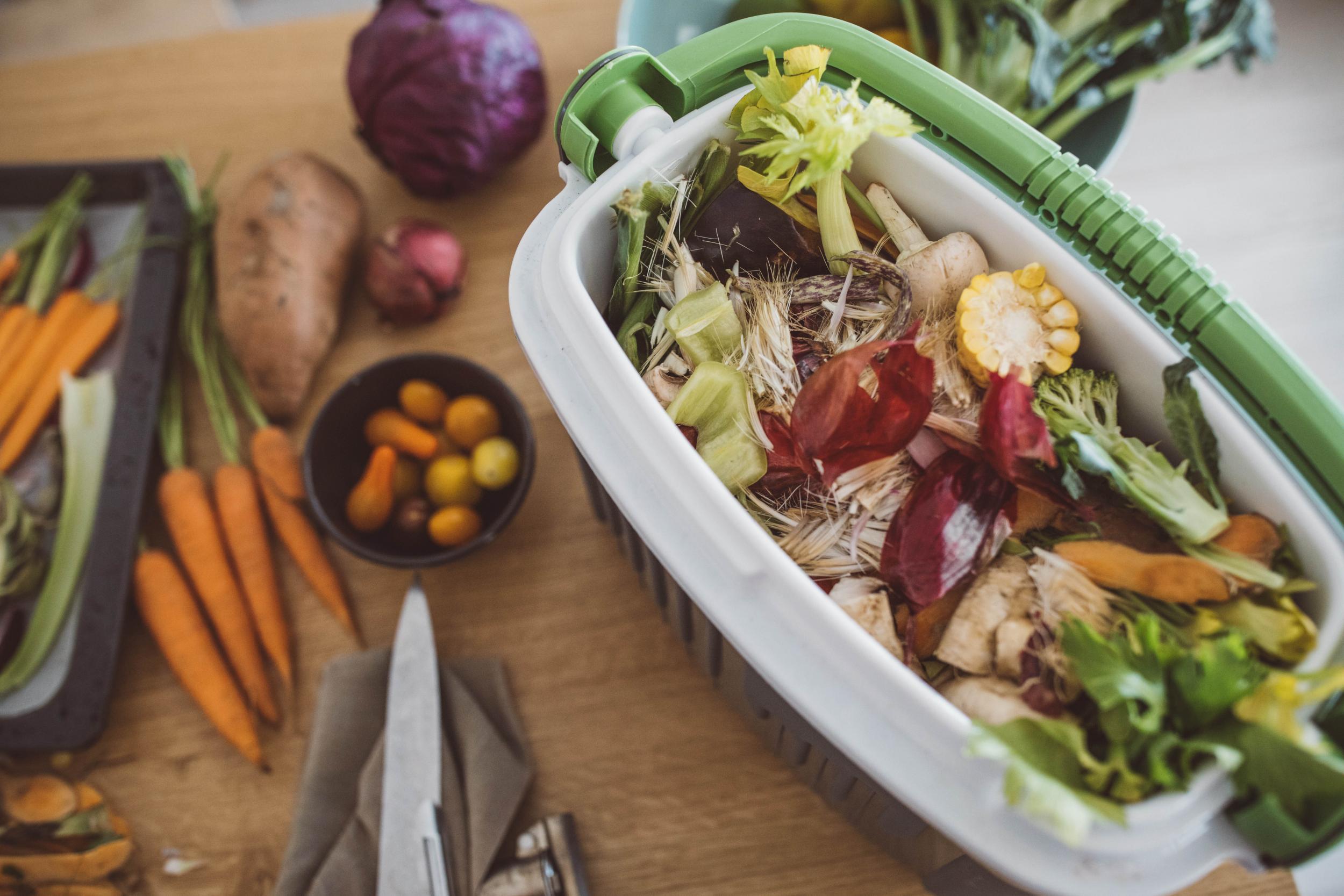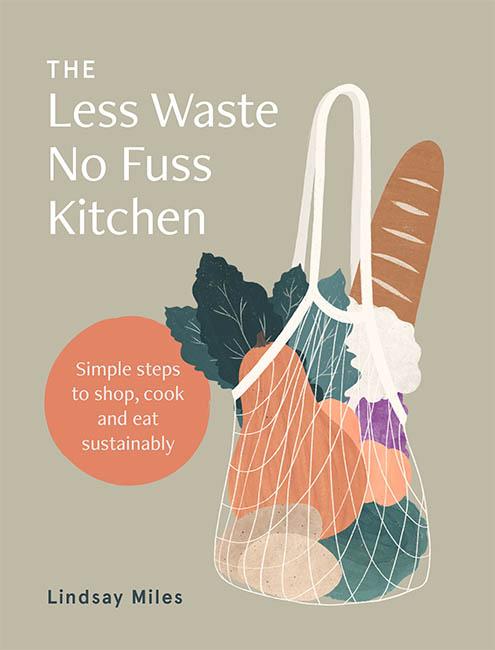Home composting: A step by step guide to reducing your food waste
Recycle nutrients and improve soil health while taking the strain off landfill sites, says Lindsay Miles

Your support helps us to tell the story
From reproductive rights to climate change to Big Tech, The Independent is on the ground when the story is developing. Whether it's investigating the financials of Elon Musk's pro-Trump PAC or producing our latest documentary, 'The A Word', which shines a light on the American women fighting for reproductive rights, we know how important it is to parse out the facts from the messaging.
At such a critical moment in US history, we need reporters on the ground. Your donation allows us to keep sending journalists to speak to both sides of the story.
The Independent is trusted by Americans across the entire political spectrum. And unlike many other quality news outlets, we choose not to lock Americans out of our reporting and analysis with paywalls. We believe quality journalism should be available to everyone, paid for by those who can afford it.
Your support makes all the difference.Inevitably, some of the food we buy needs to be tossed. Food eventually goes bad. Leftovers sometimes go uneaten. Most fruit and vegetables have inedible bits: pips, seeds, rinds and cores. Rather than putting it in the landfill bin, we can do something better with these scraps.
Composting is the breaking down of organic material by bacteria, fungi, worms and insects in the presence of air (specifically, oxygen) to create compost, a rich organic matter that can be added to soil to increase carbon and support plant growth.
Many people mistakenly believe that landfills are like big composting piles, but they are not like compost bins at all. Landfills are designed to ensure composting does not happen. When waste arrives at a landfill site, it is deposited in “cells”. Cells are engineered depressions in the ground that take months to construct, and are lined with plastics, clay and rocks to prevent liquid waste leaching into groundwater and the soil. The landfill waste is compacted to maximise space and increase stability, and then covered with a layer of plastic or rocks to exclude oxygen.
In these conditions, food breaks down very slowly, releasing methane (a potent greenhouse gas) and carbon dioxide. It can take 30 years for a landfill cell to release all the methane. This also wastes valuable nutrients.
Composting, on the other hand, recycles those nutrients and improves soil health. Ensuring our food waste is composted makes a huge dent in what we send to landfill.
Ways to compost
In-ground compost: For those with a garden, it’s straightforward to set up a basic compost bin that is placed on the ground (ideally digging in the base a little to keep things contained). Compost bins require very little maintenance, and provide free compost to use on house plants or on the garden.
Rotary composter: Sometimes called a compost tumbler, this is a fully sealed cylindrical drum mounted on a frame that can be rotated to turn the compost and keep the air moving. Ideal for anyone limited to a patio or balcony, limited for space, or who finds an in-ground compost bin more physically challenging.
Worm farm: For those living in flats, worm farms can be more practical than compost bins and are very popular. Worm farms are compact units that use a particular type of worm to break down food (vermicomposting is the technical name). Worm castings (the soil-like substance you get when the worms have munched through the food scraps) are much finer than compost and very nutrient rich. These are great for seedlings, house plants or adding to the garden.
Composting tips
If you’re keen to compost at home, the best site for your compost bin is out of full sun and with easy access to the kitchen. Compost bins need balance to work properly: a mixture of carbon, nitrogen, air and moisture. All organic matter contains both carbon and nitrogen, but in different ratios.
Materials high in carbon are often called “brown” because they are dry; materials high in nitrogen are often called “green” because they are fresh, moist and usually green in colour (all food scraps are classed as green).
Too much carbon and the compost will decompose very slowly; too much nitrogen and the compost will begin to smell (this is the most common mistake people make with home composting).
Do compost at home:
All fruit and vegetables, including peels and pips
Cotton, tissues and kitchen towel
Vacuum cleaner dust
Feathers, fur and hair
Small amounts of leftovers
Soiled bedding from vegetarian animals (rabbits, guinea pigs, hamsters)
To balance the carbon and nitrogen and avoid a stinky compost bin, we need two parts brown and one part green. In simple terms: for every handful of food scraps that we add to the compost bin, we need to add two handfuls of brown. Dry leaves, shredded paper, sawdust, egg cartons and cardboard are all brown and carbon rich.
Keeping a box of these materials next to the compost is the easiest way to get the balance right. Your compost should smell earthy, and be moist to touch but not dripping wet.
Composting is a living system, needing living organisms to break down the waste. As well as bacteria there will be worms, insects and other critters living in your compost bin. Don’t be put off by this: they all have a role to play. It’s also helpful to layer your compost. If you have a lot of food scraps, add some, add the brown layer, add more food scraps and continue to create multiple thin layers. It’s best to finish with a brown layer to cover the food and reduce the likelihood of insects laying eggs, and reduce flies. Turning your compost will increase oxygen flow and help food scraps break down faster. You can buy compost forks (which look like giant corkscrews) to assist with turning the compost. A pitchfork will also do the job, or you might prefer to set up a rotary compost bin.
Turning your compost every week is ideal. Adding meat, fish and large amounts of dairy to a compost bin attracts vermin and encourages flies (and maggots).
Troubleshooting common composting problems:

Too dry (looks and feels dry, ants are present): add moisture.
Too wet (contents are sodden): turn compost, and add dry carbon materials such as cardboard, paper or dry leaves.
Vermin: ensure bin is dug into the ground, consider using mouse mesh at the base.
Flies: turn compost, ensure food is buried and cover top with a layer of soil.
Smelly: turn compost, add dry ingredients such as cardboard, paper or dry leaves.
Not doing anything: ensure contents are moist, ensure there is enough nitrogen-rich (green) material, boost with a few handfuls of fresh compost, manure or composting worms.
Extracted from Less Waste, No Fuss Kitchen by Lindsay Miles (Hardie Grant, £12.99)
Join our commenting forum
Join thought-provoking conversations, follow other Independent readers and see their replies
Comments